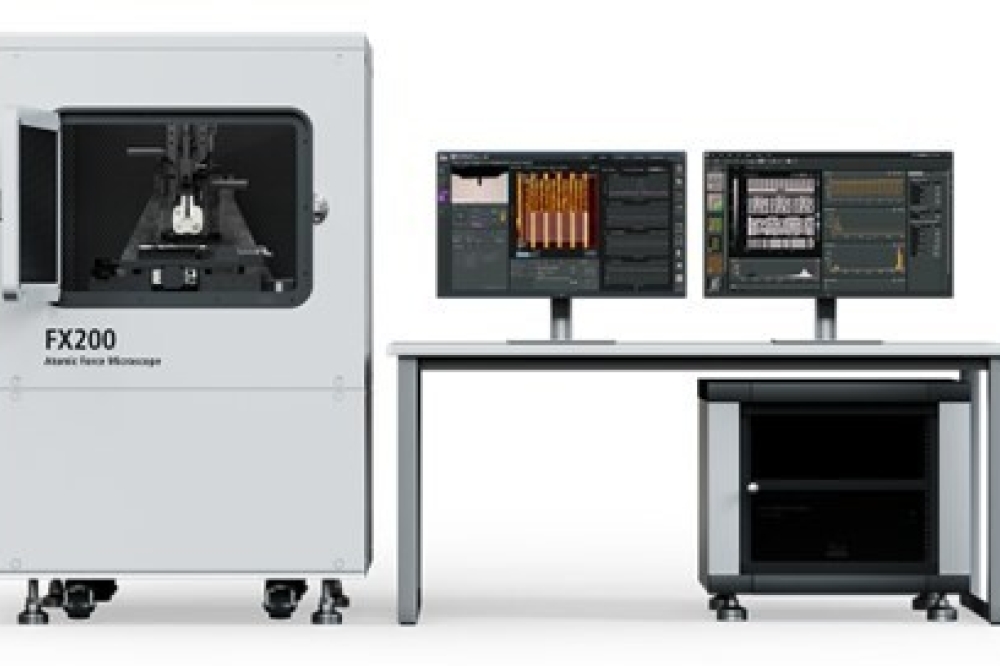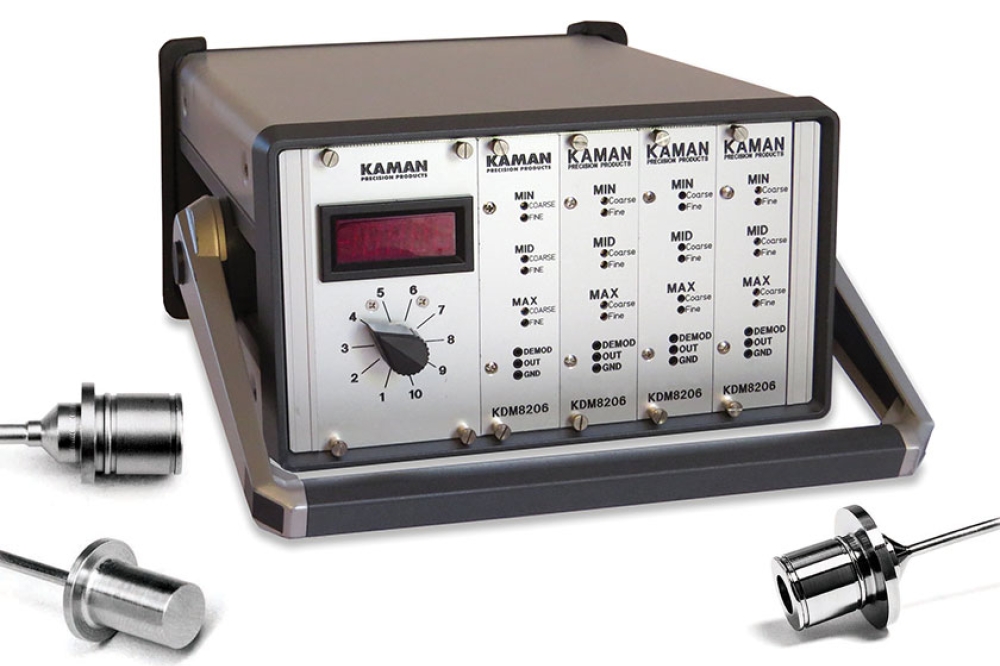Eco-friendly coating drives PVD growth

The "Physical Vapor Deposition Market Size, Share, Trends, By Type, By Process, By Application, and By Region Forecast to 2030" report has been published by ResearchAndMarkets.com.
In 2021, the Physical Vapor Deposition (PVD) market was valued at USD 23.57 Billion and is predicted to experience a revenue CAGR of 8.2% during the projected period.
The growth of the PVD market is due to the wide range of applications of PVD in various industries such as electronics, automotive, medical, and others. The aerospace, automotive, and sporting goods industries are currently exploring physical vapor deposition technology for a broad range of applications. PVD coatings that are strong and wear-resistant are widely used in industries worldwide to lower production costs and boost productivity.
A recent trend in the PVD market is the increased use of PVD for craft aesthetics. Physical vapor deposition is the ideal technique for applying a thin layer of material onto a substrate. PVD enables manufacturers to produce thin layers of deposited materials with the desired material characteristics efficiently. This technique is used in various industries such as the creation of furniture and architectural structures. Startups aim to benefit from the variety of materials and deposition techniques available. Spectrum PVD, an Indian company, offers physical vapor deposition services that enable stainless steel and porcelain-based crafts to be coated with thin layers of titanium up to 1 micron thick. The startup aims to enhance the overall appearance and durability of materials by adding titanium layers.
Driver: Focus on eco-friendly coating processes is a key factor driving market revenue growth
The focus on eco-friendly coating processes is a significant driving factor for the growth of the market revenue. Although there are numerous alternative metal coating methods, some of these methods can be harmful to the environment due to the use of caustic cleaning agents, pigments, and other additives. Even with controls and procedures in place, there is always a risk of exposure with these methods, and they release toxic substances into the environment, which can have a negative impact.
However, physical vapor deposition (PVD) is a vacuum process that is environmentally safe and consists of three simple steps: vaporization of the substance from a powerful source, conveyance of the broken-down substance, and nucleation and development to produce thin films and nanoparticles. PVD technology is not only practical and cost-effective, but it is also a green approach that several companies have started to adopt, minimizing their environmental impact.
Restraint: High services cost is restraining market growth potential
The high cost of services is limiting market growth potential. On average, PVD/DLC coatings can cost 2-3 times more than traditional plating or nitriding treatments. The high investment and operation expenses of PVD coating systems, especially for smaller and medium-sized businesses, limit the use of this advanced technology. These expenses can only be reduced to a level where high-quality coatings are economically appealing through the optimized collaboration of all elements of a coating system in continuous, two or even one-shift manufacturing.
Combining multiple coating techniques, including modified versions, can produce affordable coatings of excellent quality. With the proper bus systems and a PLC, the components working together can be precisely tuned, and the entire process can be controlled with the required reliability for such hybrid processes.
Type Insights
The global PVD market is categorized into PVD equipment, PVD material, and PVD services based on type. PVD equipment is anticipated to experience rapid revenue growth during the forecast period due to its versatility and ability to provide multiple coating methods in a compact and user-friendly package. PVD services are expected to register a high revenue growth rate owing to the increasing popularity of equipment installation and coating services.
Process Insights
The global PVD market is segmented into thermal evaporation, sputter deposition, and others based on process. Thermal evaporation is projected to register a rapid revenue growth rate during the forecast period due to its fundamental nature and use of resistive heat sources to evaporate solid substances in a vacuum. Sputter deposition is gaining popularity as a preferred deposition method for thin film applications requiring high purity, density, and stoichiometry, particularly for metals.
Application Insights
Based on application, the global PVD market is segmented into data storage, microelectronics, solar products, cutting tools, medical equipment, and others. The microelectronics segment is anticipated to account for rapid revenue growth due to PVD's usage in the deposition of biomolecules and its role in microelectronic device manufacturing and plating seed layers. The medical equipment segment is also expected to experience a high revenue growth rate due to PVD coatings' ability to produce highly wear-resistant and biocompatible thin films on various types of medical devices.
Regional Insights
During the forecast period, Asia Pacific is projected to have the largest revenue share, attributed to the increasing activities of major players in the region. Impact Coatings, a leader in clean PVD coating solutions based in Shanghai, has launched a subsidiary in China to provide Coating Services solutions to Chinese customers in the hydrogen value chain and disseminate their knowledge in PVD coatings for hydrogen solutions. With China being the world's largest market for renewable energy, several global powerhouses in the energy and automotive industries have entered the Chinese fuel cell and hydrogen industry. Impact Coatings has established a solid brand and sales presence in the Chinese fuel cell sector and is expanding its presence and product line.
North America is expected to register a rapid revenue growth rate during the forecast period due to the increasing activities of key market players, such as Intevac, Inc. The company has reached an agreement with a top Outsourced Assembly and Test (OSAT) manufacturer in the US to install its INTEVAC MATRIX PVD System at their R&D facility for assessment and qualification. The technology is intended to reduce the cost of advanced semiconductor packaging layouts, enabling smaller package footprints for mobile devices and better thermal and electrical performance compared to conventional packages.

































